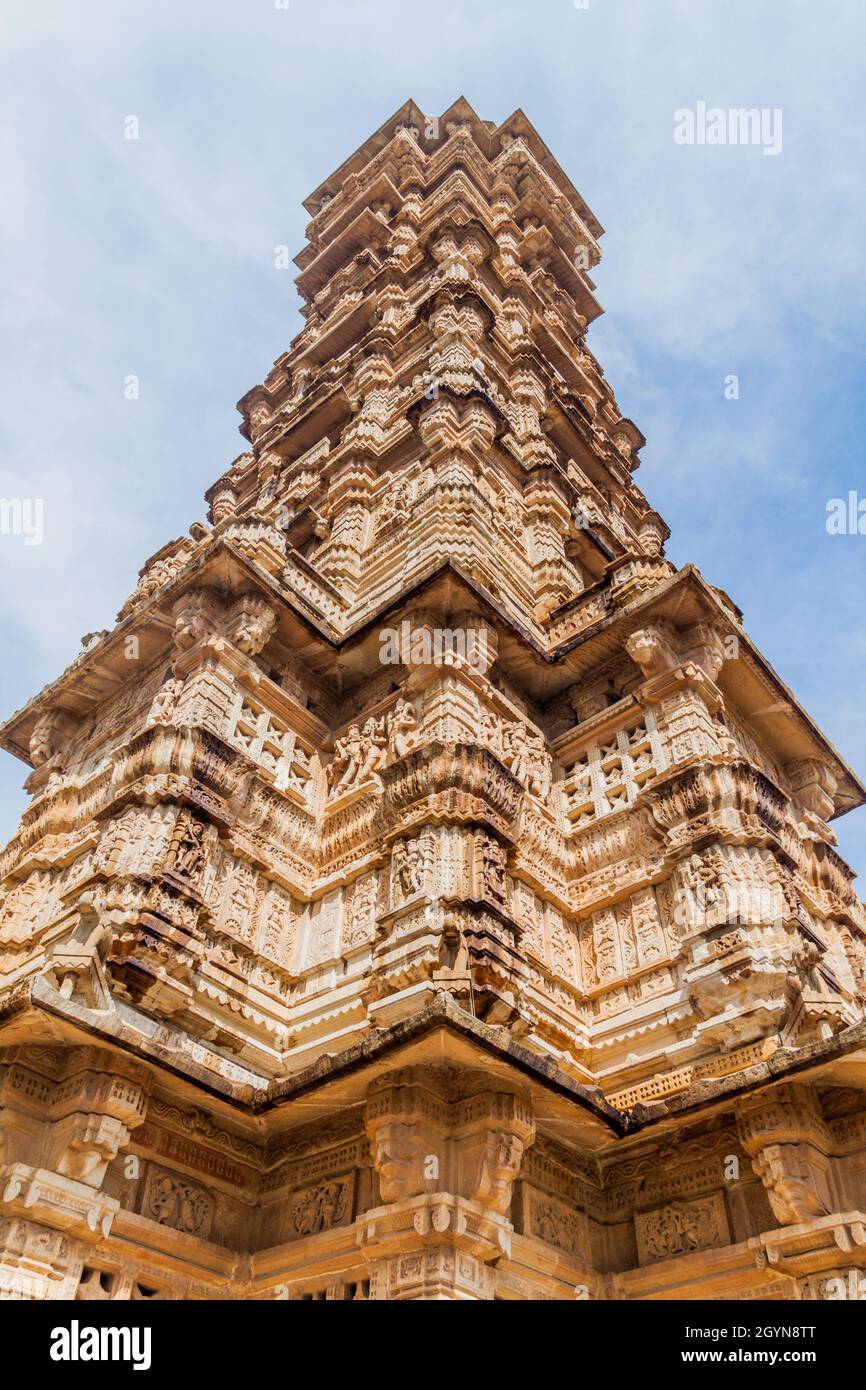Introduction
Chittorgarh, a new city steeped of all time and valiant tales, boasts some of the most wonderful
architectural marvels in Rajasthan. click to find out more to the majestic Chittorgarh Fort, an UNESCO World
Heritage Site, typically the city’s architecture demonstrates a blend associated with Rajput and Mughal influences. By
towering monuments of win to serene temples or wats, Chittorgarh’s structures showcase an
exquisite fusion of war-centric Rajput designs along with the elaborate elegance of Mughal artistry.
This article goes into the architectural grandeur of Chittorgarh and explores how these two
specific styles have harmoniously coexisted over generations.
Rajput Architecture: The Essence of Chittorgarh
Rajput architecture inside Chittorgarh is characterized by fortified set ups, intricate carvings,
overall palaces, and religious shrines. The Rajputs, known for their very own warrior ethos, made
their buildings together with security and aesthetics in mind.
a single. Chittorgarh Fort: The particular Crown Jewel
Spanning 700 acres in addition to standing atop a new 180-meter-high hill, Chittorgarh Fort is some sort of true marvel
involving Rajput architecture. Developed in the seventh century by the Maurya dynasty, it was later expanded
by the Sisodia Rajputs. The ft features massive gateways (pols), bastions, normal water
reservoirs, and intricately carved palaces, almost all built using regionally available sandstone and even
marble.
2. Vijay Stambh (Tower of Victory)
One of the most famous structures in Chittorgarh, Vijay Stambh was built by Maharana
Kumbha within the fifteenth century to celebrate his victory on the Sultan of Malwa. This kind of nine-
story tower, adorned with comprehensive carvings of Indio deities and épigraphe in Sanskrit,
exemplifies Rajput architectural elegance. The tower presents a panoramic look at of the whole
fort complex.
3 or more. Rana Kumbha Building
Once the royal property of Rana Kumbha, this palace stands as being a testament to be able to the grandeur
of Rajput architecture. Showcasing sprawling courtyards, balconies, and hidden underground
cellars, the palace is associated with a number of legendary stories, which includes the tragic story of Rani
Padmini’s jauhar.
4. Meera Temple and Kalika Mata Temple
Chittorgarh is also identified for its forehead architecture, which is profoundly influenced by Indio
traditions. Meera Forehead, dedicated to the popular devotee of Head of the family Krishna, is decorated with
finely sculpted pillars and idols, while Kalika Matorral Temple features complicated carvings and a new
unique pyramidal spire.
Mughal Influence: The particular Artistic Flourish
Whilst Chittorgarh remained some sort of stronghold of Rajput power, it observed significant Mughal
affect, particularly after the siege of Chittorgarh by Akbar inside of 1568. The Mughal
architectural elements released a new sizing to the existing Rajput designs.
one. Padmini’s Palace: The Fusion of Variations
Though originally constructed by Rajputs, Padmini’s Palace underwent modifications under Mughal
concept. The white marbled pavilions, intricate hand mirror work, and extensive water reservoirs
indicate different Rajput toughness and Mughal beauty. The idea of water home gardens and even
reflective appearances became more notable in Rajput palaces post-Mughal interactions.
3. Jaali Work and Ornate Frescoes
Mughal architecture introduced jaali (lattice) work, domes, and elaborate murals in to
Chittorgarh’s buildings. These elements are evident in the renovated portions of the fortification and
palaces, adding a delicate distinction for the robust Rajput structures.
3. Work with of White Marble and Persian Motifs
While Rajput structures primarily relied in sandstone, Mughals incorporated white marble,
generating a visual contrast in several typical monuments. Persian floral explications and intricate geometric
patterns became a new part of Chittorgarh’s architectural landscape during this period.
Water Conservation in addition to Stepwells: A Discussed Architectural Marvel
Equally Rajput and Mughal architects emphasized normal water conservation in Chittorgarh’s dry
terrain. Typically the fort has above 84 water bodies, including stepwells, lakes, and reservoirs, which often
could sustain typically the fort’s population throughout prolonged sieges. Gaumukh Reservoir is one particular this sort of
remarkable framework that showcases the ingenuity of middle ages hydraulic engineering.
Realization
Chittorgarh’s architecture appears as an unique combinations of Rajput strength and Mughal
accomplishment. While Rajput rulers built grand castles, towering structures, and magnificent
palaces intended for defense and movie stars, the Mughals extra intricate artistry plus elegance to these kinds of
monuments. Today, this kind of blend of architectural variations makes Chittorgarh an awe-inspiring
destination that offers visitors a glimpse into India’s rich and varied heritage. Whether you are an architecture enthusiast, a background buff, or some sort of traveler seeking cultural depth,
Chittorgarh pledges a journey by means of time like no other.
Shopping Cart
